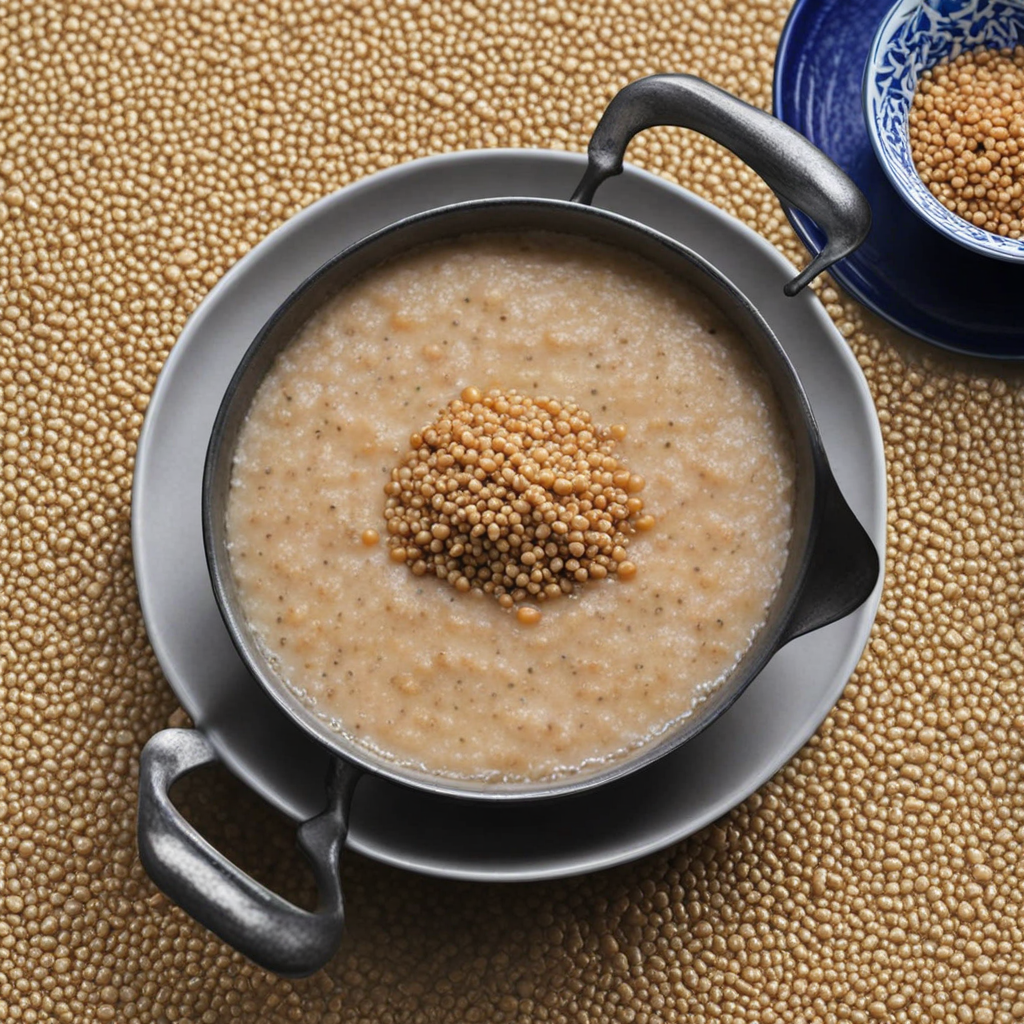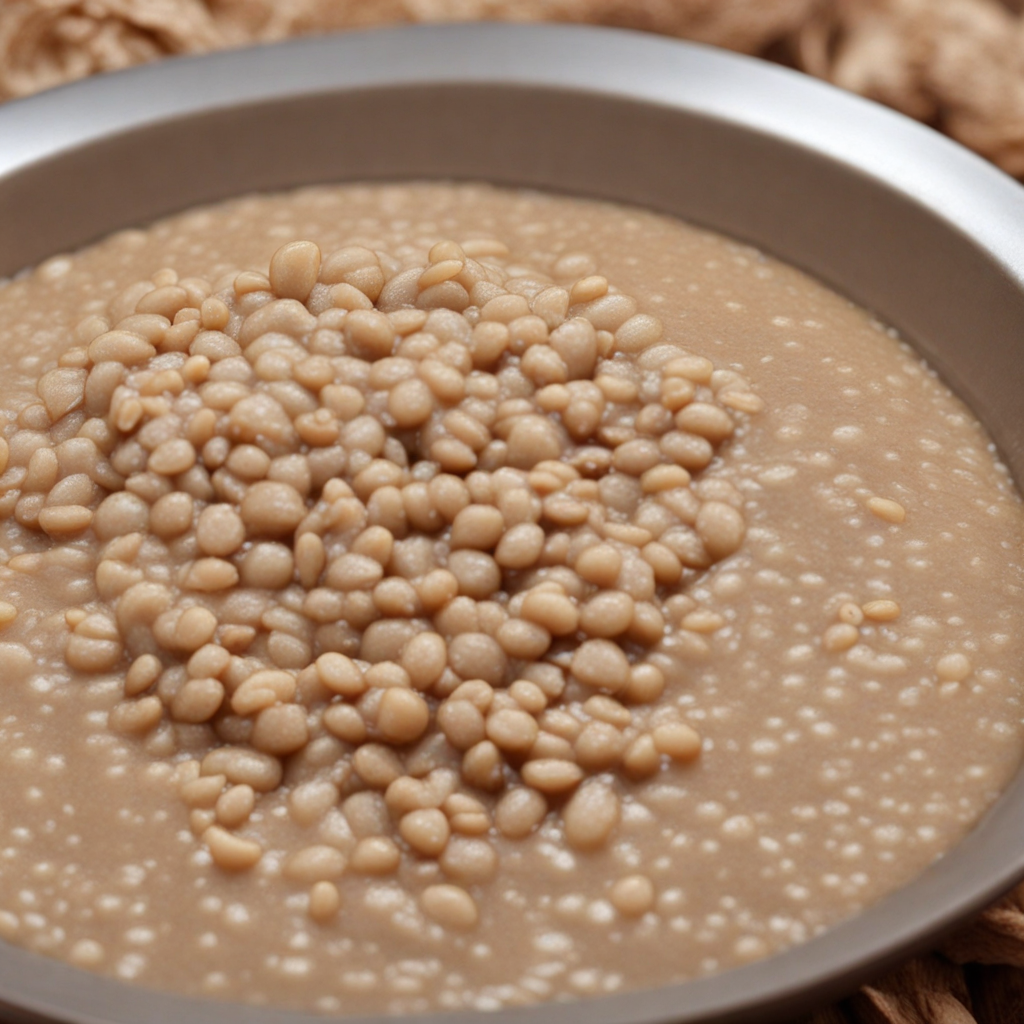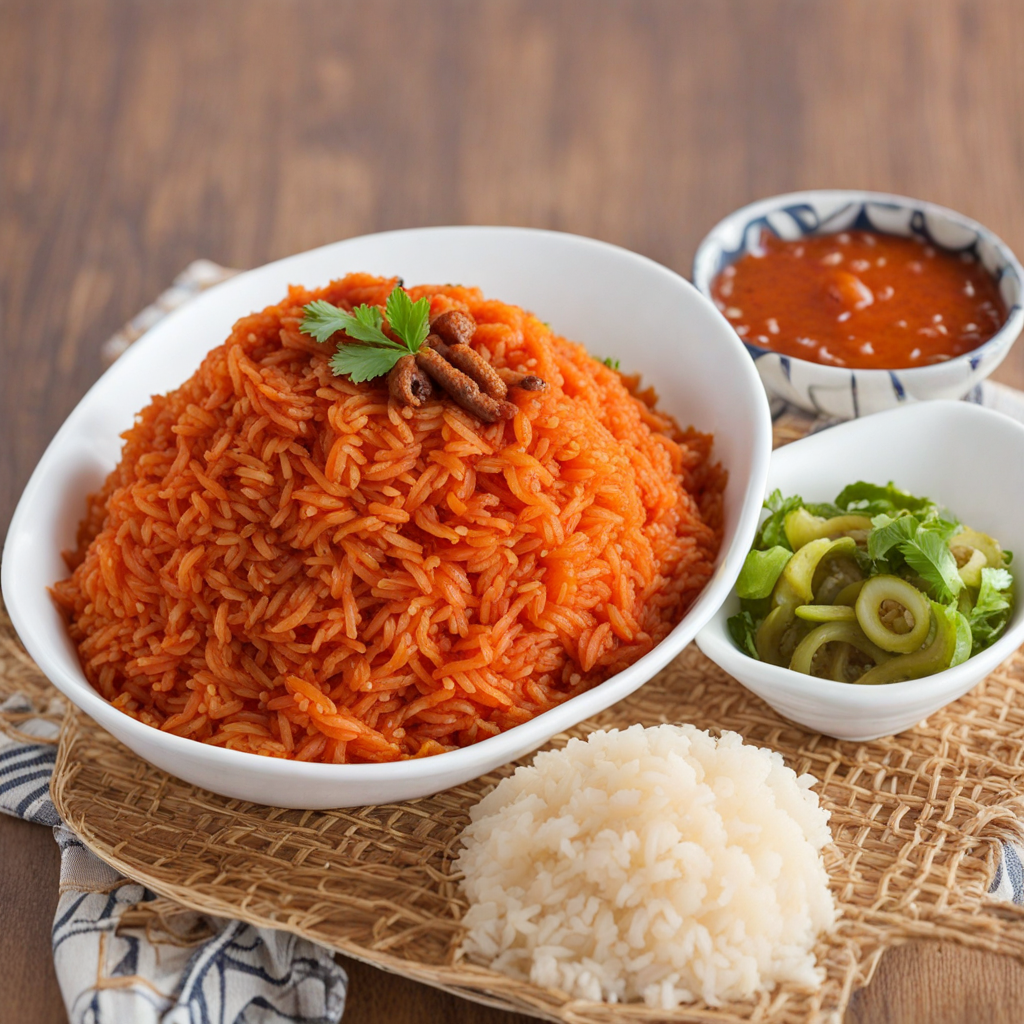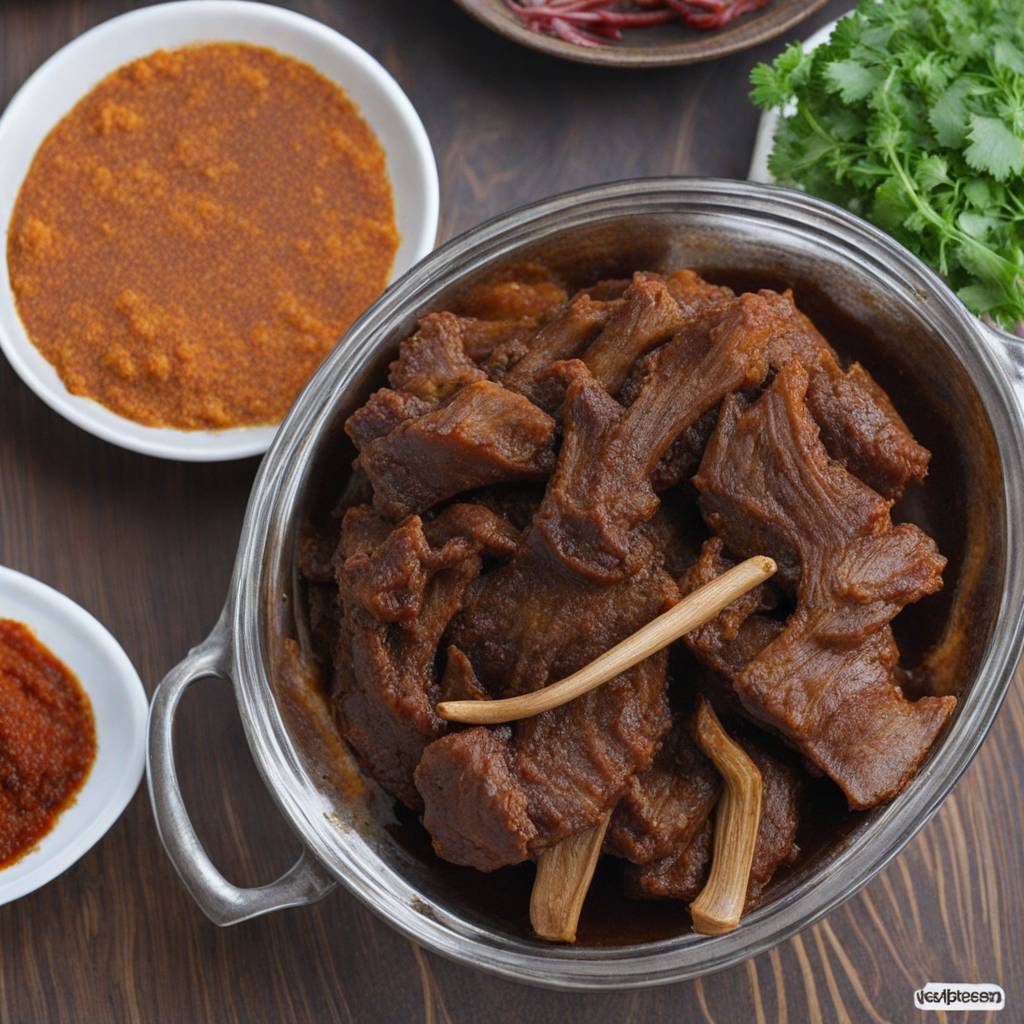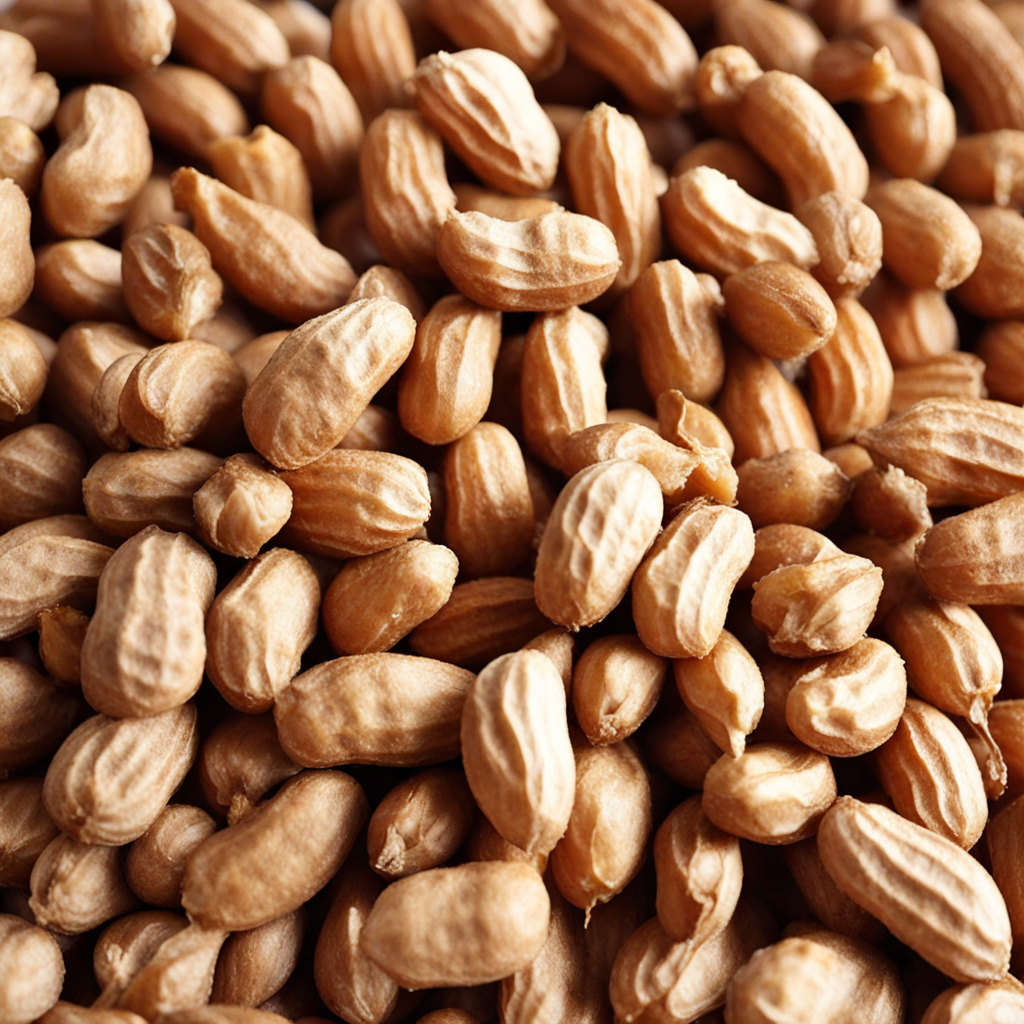Sorghum Porridge
Dambou is a traditional dish originating from Niger, characterized by its unique blend of flavors and textures. It is a staple among the various ethnic groups in the country, particularly the Tuareg and Hausa people. The dish is often prepared during festive occasions, family gatherings, and communal meals, showcasing the significance of food in Nigerien culture. Historically, Dambou has roots in the agricultural practices of the region, where millet and other grains are cultivated, making it a reflection of local agricultural traditions and culinary ingenuity. The flavor profile of Dambou is both hearty and wholesome, primarily due to its base ingredients. The dish is often described as mildly nutty and earthy, with a subtle sweetness from the millet. The addition of vegetables and spices enhances its complexity, resulting in a dish that is both satisfying and nutritious. The flavors can vary significantly depending on the specific ingredients used, regional variations, and personal preferences, but the essence of Dambou remains consistent throughout. Preparation of Dambou typically involves a few key steps. The primary ingredient is millet, which is ground into a coarse flour. This flour is then combined with water to form a dough-like consistency. In some variations, the dough is mixed with other grains or legumes, such as sorghum or beans, to increase the nutritional value. Once the dough is prepared, it is shaped into small balls or patties. The next step in the preparation involves cooking the millet balls, which can be done by steaming or boiling them
How It Became This Dish
The History of Dambou: A Culinary Treasure of Niger #### Origins and Ingredients Dambou is a traditional dish from Niger, a landlocked country in West Africa known for its rich cultural and culinary heritage. This dish, often made from millet or sorghum flour, is a staple in various communities across Niger, particularly among the Hausa and Tuareg peoples. The origins of Dambou can be traced back to the ancient agricultural practices of the region, where the cultivation of millet and sorghum has been central to the livelihoods of local communities for centuries. Millet, one of the main ingredients of Dambou, is a drought-resistant grain well-suited to the Sahelian climate of Niger. It has been a staple food in the region for thousands of years, valued not only for its nutritional benefits but also for its adaptability to local farming practices. Sorghum, another key ingredient, is similarly resilient and has been cultivated in Africa since ancient times. The choice of these grains reflects the resourcefulness of Nigerien communities, who have relied on what their environment can provide. #### Preparation and Variations The preparation of Dambou is a communal activity, often involving family and neighbors, which underscores its cultural significance. The process typically begins with grinding the millet or sorghum into a fine flour, which is then mixed with water to create a dough-like consistency. The mixture is shaped into balls or cakes and traditionally cooked in a large pot or steamer, where it is often steamed over boiling water. This method of cooking helps to retain the nutritional value of the grains, producing a soft, elastic texture that is both satisfying and delicious. Dambou is incredibly versatile; it can be enjoyed plain or served with a variety of accompaniments. Common pairings include spicy sauces made from tomatoes, peppers, and local spices, or stews featuring meat, fish, or vegetables. In some cases, Dambou is enriched with ingredients like okra or baobab leaves, which add flavor and nutrition. The dish can also be sweetened and served as a dessert, showcasing the adaptability of Nigerien cuisine. #### Cultural Significance Dambou holds a special place in the culinary traditions of Niger, representing more than just sustenance. It is often served during significant events such as weddings, religious celebrations, and communal gatherings, symbolizing hospitality and togetherness. The act of sharing Dambou fosters social bonds and reinforces community ties, reflecting the values of cooperation and unity prevalent in Nigerien culture. In many Nigerien households, the preparation of Dambou is not only a culinary task but also a rite of passage. Young girls are often taught to make Dambou as they learn the skills necessary for adulthood. This transmission of knowledge highlights the importance of culinary traditions in shaping identity and preserving cultural heritage. In a broader context, Dambou serves as a reminder of the resilience of Nigerien communities, who have maintained their culinary practices despite the challenges posed by climate change, economic hardship, and globalization. #### Development Over Time Over the years, Dambou has evolved alongside the cultural and socio-economic changes in Niger. The introduction of modern cooking techniques and ingredients has influenced the preparation of this traditional dish. While the core ingredients remain the same, some families have begun to incorporate convenience foods or alternative grains due to economic constraints or dietary preferences. This adaptability reflects the dynamic nature of Nigerien cuisine, where tradition and innovation coexist. In recent years, there has been a growing interest in traditional foods like Dambou both within Niger and internationally. As globalization has increased the visibility of West African cuisine, chefs and food enthusiasts have begun to explore and promote traditional dishes, raising awareness of their cultural significance. Festivals celebrating Nigerien food culture have emerged, providing a platform for showcasing Dambou and other local specialties, and fostering pride in culinary heritage. Moreover, the global emphasis on healthy eating and sustainable food practices has also brought attention to Dambou. As a dish made from whole grains, Dambou is considered a nutritious option, rich in fiber and essential nutrients. Its preparation methods, which often involve minimal processing, align with contemporary trends favoring traditional, wholesome foods. #### Conclusion Dambou is more than just a dish; it encapsulates the rich cultural tapestry of Niger, weaving together history, community, and culinary artistry. From its origins rooted in ancient agricultural practices to its role as a symbol of hospitality and unity, Dambou reflects the resilience and adaptability of Nigerien people. As it continues to evolve in response to modern influences, Dambou remains a cherished part of Niger’s culinary identity, celebrating the past while embracing the future. Through the act of preparing and sharing Dambou, Nigerien communities not only nourish their bodies but also nurture their cultural heritage, ensuring that this delightful dish endures for generations to come.
You may like
Discover local flavors from Niger


